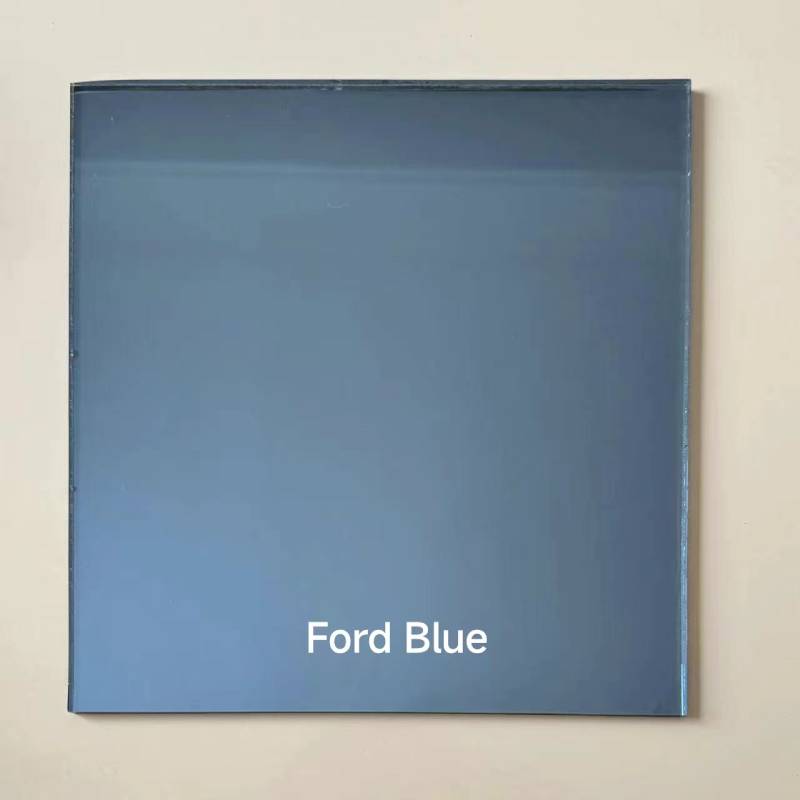

The Enigmatic Charm of Back-Silvered Mirrors
Mirrors have long captivated humanity with their ability to reflect not just our physical selves but also our inner thoughts and emotions. Among the many types of mirrors, the back-silvered mirror stands out for its unique production method and historical significance. This article delves into the properties, applications, and cultural relevance of back-silvered mirrors, exploring their magical allure.
The Enigmatic Charm of Back-Silvered Mirrors
The beauty of back-silvered mirrors lies not only in their practical function but also in the aesthetic appeal they bring to a space. Their design often incorporates elegant frames that can complement a variety of interior styles, from classic to contemporary. The luminous quality of a well-crafted back-silvered mirror can enhance the lighting in a room, creating an illusion of space by reflecting light and colors. This quality makes them a coveted decor element in homes, art galleries, and public spaces alike.

Back-silvered mirrors are not merely decorative objects, but they also hold significant cultural and philosophical implications. Throughout history, mirrors have been associated with introspection and self-discovery. The act of gazing into a mirror has prompted reflection on one’s identity and existence. In literature and art, mirrors often symbolize duality, vanity, and the dichotomy between outer appearances and inner realities. The back-silvered mirror, with its nuanced reflections, amplifies this symbolism, inviting viewers to contemplate their own truths and perceptions.
In the realm of science and technology, back-silvered mirrors play crucial roles in various applications. They are essential components in optical instruments, such as telescopes and cameras, where precise reflection is paramount for accuracy. Additionally, they are used in scientific experiments and discoveries, enabling researchers to explore the properties of light and optics. The advances in technology have led to the development of a variety of coatings beyond silver, including aluminum and dielectric materials, which exhibit unique reflective properties. Nonetheless, the classic back-silvered mirror remains a staple in both artistic and scientific domains.
The ongoing fascination with back-silvered mirrors extends into the realm of art, where artists and designers have embraced their reflective qualities to create thought-provoking installations. These mirrors not only serve as a medium for expression but also challenge the boundaries of perception. Artists like Yayoi Kusama have utilized mirrors to construct immersive experiences that play with spatial concepts and viewer interaction. Such artworks encourage individuals to engage with their surroundings and question the nature of reality itself.
In conclusion, the back-silvered mirror embodies a harmonious blend of beauty, functionality, and philosophical depth. Its reflective surface serves as a bridge between the physical and metaphysical realms, prompting introspection and exploration. As a decorative element, it enhances the aesthetics of any space while fostering a sense of whimsy and elegance. In science and art, its applications challenge our understanding of light and perception. The ongoing intrigue surrounding back-silvered mirrors ensures their place in history, continuously reflecting the multifaceted nature of human experience and expression. Whether found in a palatial hallway, an artist's studio, or a scientific laboratory, the back-silvered mirror invites us to look beyond the surface and discover the hidden wonders within ourselves and the world around us.